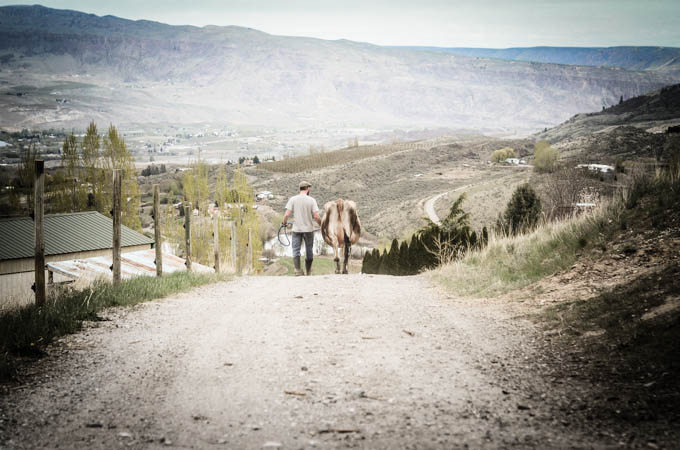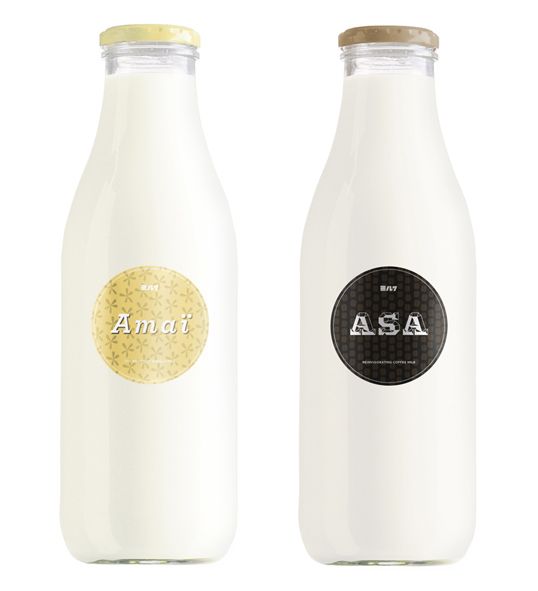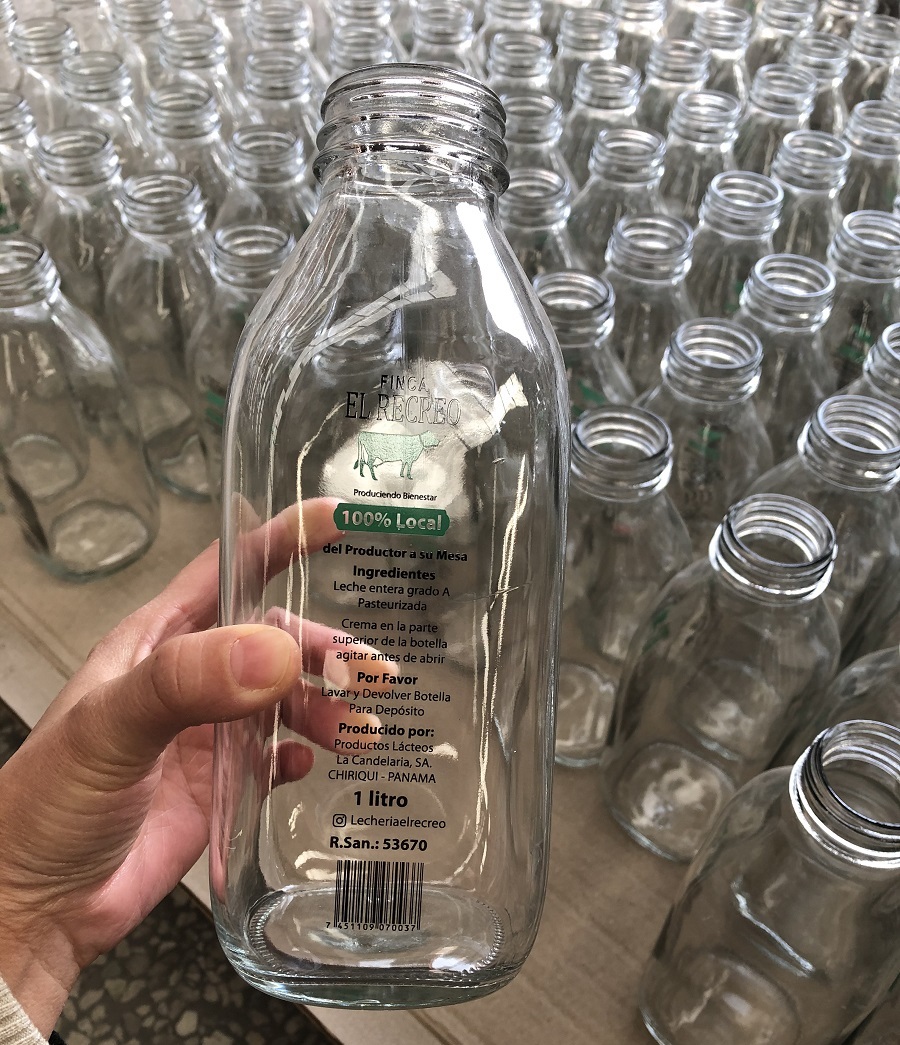Milk is an extremely common beverage around the world. Milk contains a wide array of nutrients, including vitamins, minerals, protein, healthy fats, and antioxidants. Those nutrients can benefit bone health, such as calcium, Vitamin D, phosphorus, and magnesium. Studies suggest that consuming milk and dairy products may prevent osteoporosis and reduce the risk of fractures. Milk is a versatile ingredient that can be added to your diet in a few ways. Try adding it to smoothies, coffee, or your morning oatmeal. Overall, milk is packaged with nutrition.
Properly Handling Raw Milk
It seems our great, great grandparents knew the health benefits of unpasteurized milk long before we did. They were consuming it for centuries before pasteurization became normal practice.
Many people are concerned with consuming raw milk. However, fresh milk straight from the milk cow is very clean and safe to consume. The trouble comes when your milk touches contaminated tools or containers you’re working with.
From barn to the fridge, there are some tips for safely handling raw milk.
Clean the cow
Cows like to lay in the mud, so it is important to wipe off their udder with a hot and wet towel before milking. After the cow’s teats clean and pink again, the folks can sit down on the stool to milk. It is better to spray the first 2 or 3 squirts into a small cup because this is to flush out any bacteria or dirt that may be in the tip of the teat.
Contain the milk
You will want to be sure all the tools and equipment have been washed well in hot soapy water. Never contain the raw milk in a plastic container. It tends to hold onto off-smells and very difficult to clean thoroughly. The best container is stainless steel buckets that can be a little expensive, but they are worth for investment. Stainless steel buckets are easy to sanitize and will survive lots of kicks from a persnickety cow. While a glass jug is with food safe grade quality and easy to clean, but also easy to be broken. Please also make sure you get the buckets with lids. And be sure you are following proper food safety practices before any raw milk encounters the tool. One little extra that we decided to do was to sterilize our jars and pails with heat. We wash everything by hand (I don’t think the dishwasher gets the job done well enough) and then pop our jars and pails upside down into the oven. We let them “bake” at 200 degrees for about 15-20 minutes. They are super clean and hot.
We utilize:
– Two stainless steel buckets: One for the milk and one for the wash water
– Wash clothes (washed between each use)
– One reusable coffee filter for filtering the milk
– A dozen, gallon sized glass jugs for storing the milk
Strain the milk
It’s never fun to take a big gulp of fresh milk and end up with a hair in your mouth, so always strain your fresh milk ASAP. Floaties WILL happen, no matter how hard to try to prevent it while you are milking.
Cool the milk
It’s important to get your fresh milk as cold as you can as fast as possible (40 degrees F is ideal). Some folks put a small, reusable ice pack in the bottom of their bucket to cool it as it comes out of the cow or goat. I personally haven’t found that to be necessary, but I do bring my bucket inside right away and get it strained, and into the fridge. As soon as a cow is milk, the bacteria in the milk begin eating and digesting the sugar in the milk. When drinking super fresh milk, you’ll notice how sweet it is! Each day after milking, it gets less and less sweet. Cooling the milk helps to deter the growth of bacteria, allowing for fresher milk for longer.
Store the milk
Only store your milk in glass containers- never plastic. Why we shouldn’t store the milk in plastic is because plastic holds onto off-flavors more easily than milk. Plastic also breaks down over time and chemicals into whatever you are storing. Milk has acids that break down plastic, resulting in plastic particles in your milk. You will find plastic container is very difficult to be cleaned entirely and holds on to odors. So, always use glass!
Place your jars of raw milk towards the back of the refrigerator. Avoid storing the raw milk near the door of refrigerator since that area tends to be warmer.
Sanitize the milk
Cleaning your home dairy equipment thoroughly is a MUST. After I pour my milk into the jars, I immediately run cool (not hot) water over my bucket and filter to wash off the milk solids which can cause build-up if allowed to dry.
Conclusion
Milk is a nutrient-rich beverage that may benefit your health in several ways. It’s packed with important nutrients like calcium, phosphorus, B vitamins, potassium, and vitamin D. Plus, it’s an excellent source of protein. Drinking milk and dairy products may prevent osteoporosis and bone fractures and even help you maintain a healthy weight. Many people are unable to digest milk or choose to avoid it for personal reasons. Consuming high-quality milk and dairy products has been proven to provide lots of health benefits.
Raw milk is not something to be handled with a slack operation and half-hearted efforts. It’s something to be valued, appreciated, and properly cared for. With the growing popularity of natural, local, farm-sourced foods and the perception that raw milk is healthier, its consumption is increasing. Raw milk advocates argue that it has superior health and nutritional benefits, and that pasteurization eliminates these advantages. However, government and health experts disagree and advise against consuming it. Contrary to what the FDA would have you believe; raw milk is not the devil. It, like any other agriculture product, has the potential to be produced well and safely. Handled improperly, like any other agriculture product, it also has the potential to make consumers sick. It’s all in the way we treat it and the respect we give the animals who provide it to us. The key points are how to safely handle the raw milk from barn to fridge.
Some beautiful design of milk glass bottle
Vintage round glass bottle with lug cap
Square glass bottle with tamper evident plastic cap
Glass milk bottle manufacturer-MC Bottle
MC Glass Bottle is your most reliable milk glass bottle manufacturer, supplier and wholesale.
Packaging milk in glass container gives a look and feel of extra quality. Glass milk bottle are more substantial with a vintage style. Our glass milk bottles are capable to make the milk taste better, transfer your brand aesthetic, and environmental concern to the customers.
The traditional style milk glass container is round with lug cap. The size can be 250ml, 500ml and 1000ml. We also offer 1L square round milk bottle with wide mouth and screw metal cap. The vintage milk glass bottle shape is also reliable for packaging cooking sauces, infused oils, and salad dressings. While a custom shape with embossed logo glass milk bottle can fulfill your market strategy. The metal twist off lids is a superior finish and wide mouth makes the milk glass bottles ideal for thick smoothies, milkshakes, fruit, and vegetable juices also. Because glass milk bottles are impermeable completely safe, recyclable and preserve flavor, it is the best container to package your premium milk.





